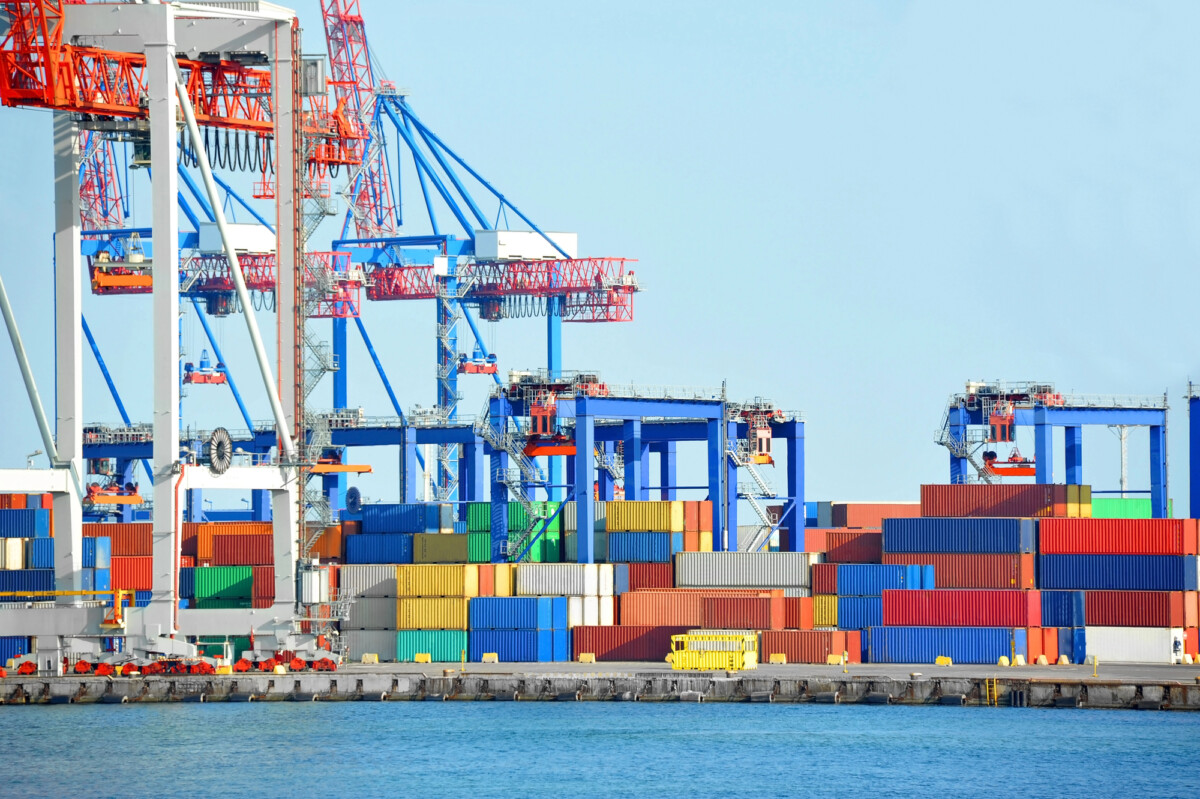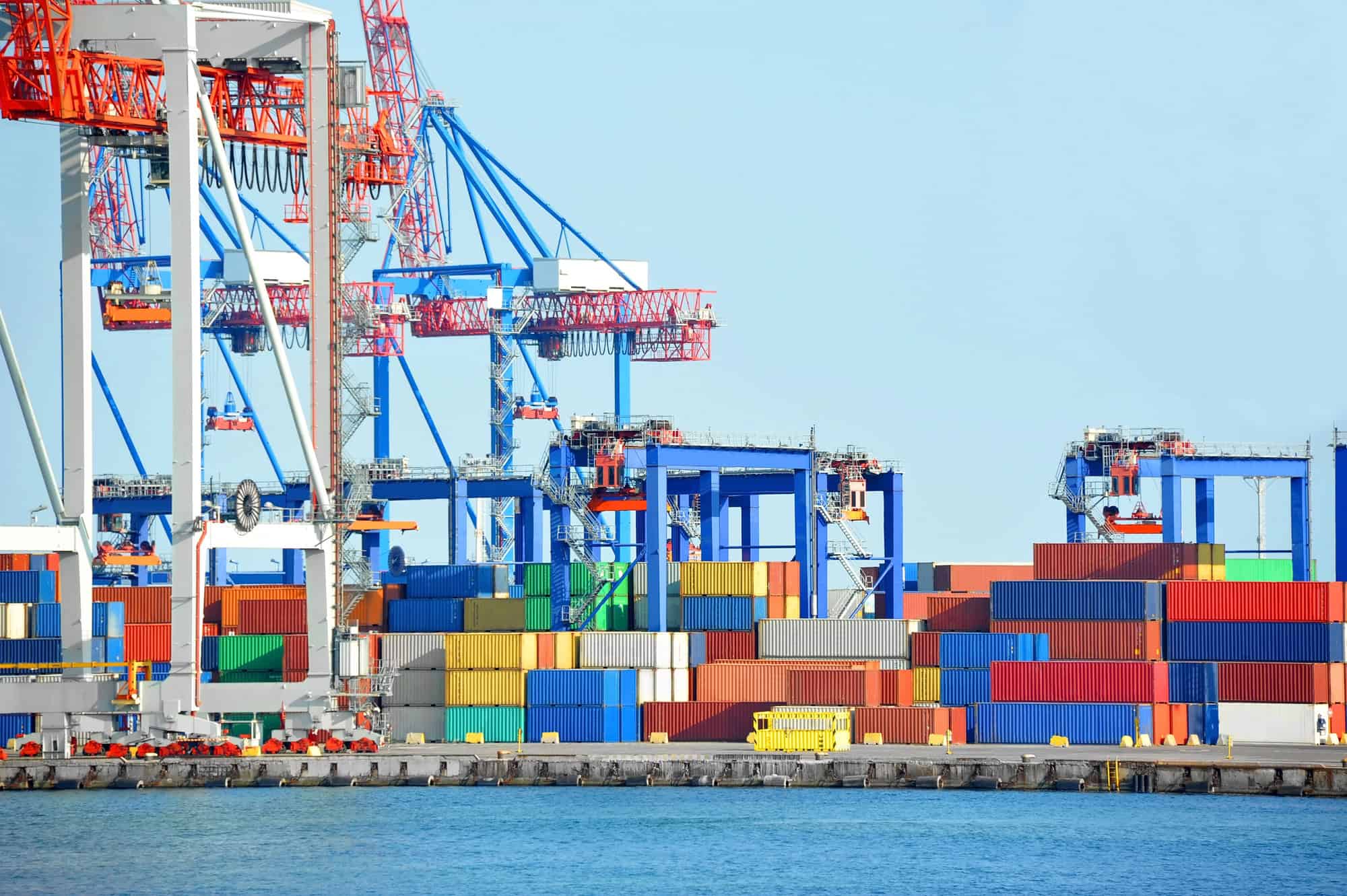
Assuming you haven’t been hiding under a rock throughout the first part of 2025, you’ve heard the word on the news or seen it online.
All. The. Time.
Tariffs.
The president even coined a patriotic name for the kickoff date of his tariff barrage – April 2, 2025 – “Liberation Day.”
But what are tariffs?
Tariffs Explained
Tariffs are nothing more than an import duty or tax that the government charges on imported goods.
They can be “ad valorem,” a fancy term for charging a percentage of the goods’ value or a specific amount charged per unit. They can apply equally to every unit of the relevant imported good or start at a low (or zero) level and jump higher once a set quota is reached.
Who Pays the Tariffs?
Nominally, tariffs are not paid by the source country of the tariffed goods, but by the distributor or importer who brings them into the country that sets the tariffs, in our case, the US.
However, since distributors and importers are in business to make a profit, they tend to increase prices to recover the tariffs they pay (more on this below).

Why Did the President Initiate These Tariffs?
Taking the president at his word, these tariffs are intended to restore what he terms fairness in our international trade relations. This is why the percentages were set based on our trade deficit with each country.
For example, in 2024, US trade with Germany comprised about $160.4 billion worth of imports from Germany and $75.6 billion exports to Germany, resulting in a trade imbalance of $84.8 billion. The administration says similar trade imbalances with many of our trade partners resulted from decades of unfair practices by those partners, who limited our exports to them via tariffs charged on US exports, unfair subsidies to their domestic producers, or other means.
The new US tariffs would, according to the administration, help reverse these imbalances by making their exports into the US more expensive, leading to reduced US demand, resulting in a reduction of the value of imports to a level closer to the value of our exports to them. However, this ignores the impact of retaliatory tariffs levied by these partners.
Another benefit, they say, would be that the reduced demand for imports would cause an increase in demand for domestic equivalents, bringing back “good manufacturing jobs” to the US that were lost due to cheaper overseas labor. Even if there are currently no domestic producers who can replace those imports, the higher cost of imports could make it more economically viable for US businesses to start domestic production and compete with the pricey imports.
However, while cheap imports did cost many US manufacturing jobs, automation was responsible for the overwhelming majority of such job losses.
According to the Center for Strategic and International Studies (CSIS), “The narrative… that ‘bad trade deals’ and globalization are chiefly responsible for the United States’ manufacturing decline is economically incomplete… According to a widely-cited study by Hicks and Devaraj, automation and productivity gains explained about 88 percent of manufacturing job losses between 2000 and 2010. Moreover, U.S. manufacturing output actually increased in absolute terms by roughly 20 percent between 2000 and 2020, despite a substantial employment decline.”
Another hoped-for benefit would be that the revenue raised through the tariffs could replace (in part) income taxes that the federal government collects from US companies and taxpayers, allowing the government to reduce income tax levels.
However, since tariffs result in higher costs for consumers (see below), tariffs act as a consumption tax, a regressive tax that hurts the poor more than the wealthy (some numbers on this are given below).
Finally, the president cites poor efforts to stem the tide of illegal immigrants entering the US (or refusal to take back deported aliens) and stop dangerous drugs from flowing into the country.
Are There Downsides to the New Tariffs?
In a word, yes.
Major ones.
First, let’s look at three ways these tariffs hurt your wallet.
The first impact is that increased import prices mean you’ll pay more for those items. Even if you buy a domestic equivalent, its price would, typically, rise to just a bit less than the import’s newly increased cost. This can be for understandable reasons if it’s the result of more expensive components and raw material inputs, or the less savory reason that, with less competition, there’s no economic reason for them to keep prices low. Some imported products may become so unprofitable that they’ll stop coming into the country, and if no domestic equivalent is available, you’ll have to do without.
What’s worse, such price increases disproportionately hit poor Americans, with those earning under $20k suffering an 11-14% impact due to higher tariffs on Chinese goods, while those earning over $150k suffered a far smaller impact of just 5.24%.
Second, higher prices reduce consumer demand, which slows down the economy, potentially pushing us into a recession. Recessions lead to higher unemployment, so you may lose your job. Even if you, personally, keep your job, higher unemployment goes hand in hand with downward pressure on wages, so you won’t be getting that raise or bonus and may even suffer a pay cut. This is especially devastating when prices go up. When this happens – high inflation at the same time as the economy stagnates, we get the pernicious economic ill called “stagflation.”
A third impact of tariffs is that by protecting domestic producers from competition from imports, they remove pressure to innovate and improve productivity. This makes our country as a whole less productive, reducing our standard of living.
According to the Tax Foundation, the new tariffs will reduce the US Gross Domestic Product (GDP) by as much as 1%, saying, “We estimate that before accounting for any foreign retaliation, Trump’s tariffs will reduce long-run US GDP by 0.8 percent. As of April 10, threatened and imposed retaliatory tariffs affect $330 billion of US exports based on 2024 US import values; if fully imposed, we estimate they would reduce US GDP by 0.2 percent. Combined, the US-imposed tariffs and the threatened and imposed retaliatory tariffs reduce US GDP by 1.0 percent.”
What Else Could Go Wrong?
Tariffs have broader impacts than the three cited above that impact you directly.
When the president set triple-digit tariffs on goods imported from the People’s Republic of China, the Chinese didn’t take it well, to say the least.
First, they raised their tariffs on US exports to triple digits.
Then, far more importantly, they slapped export controls on a range of rare-earth minerals crucial for a wide variety of technologies. These include (but are not limited to):
- Smartphones
- Computer components, e.g., memory chips, solid-state drives, and monitors
- Televisions
- Powerful permanent magnets needed for electric motors and wind turbines
- Lasers used in telecommunications and medical devices
- High-energy-density batteries needed for electric vehicles (EVs)
- Catalytic converters needed to reduce emissions from non-EV cars
- MRI contrast agents
- Aircraft engines
- Radars and missile guidance systems
- Oil refining
Since 70% of our imported rare earths come from China, if this nascent trade war continues, this will quickly become a major problem.
Returning to tit-for-tat mutual tariff increases, these hurt American exporters, as foreign demand for their goods decreases. They can reduce their prices to offset these higher foreign tariffs, but doing so hurts their profit margins.
Another wrinkle is that China could move its manufacturing and/or assembly of products to countries with lower US tariffs to sidestep the especially punishing tariffs imposed on its direct exports to the US.

Is There Yet More?
Yes, unfortunately.
The economic uncertainty and inflation expectations caused by the new tariffs and the resulting trade war lead to higher bond rates, which cause losses to bond investors, since bond valuations move in the opposite direction of interest rates.
Even worse, from the national perspective, the US government relies on selling treasury bonds to finance its huge annual budget deficit, currently estimated at $1.3 trillion (yes, with a “t”).
It also needs to refinance debt when treasury bonds mature. Current estimates are that over $14 trillion in debt will mature in the coming three years, and since we’re not running budget surpluses, all of that matured debt will need to be refinanced.
If interest rates increase, new treasuries issued by the government have to promise higher rates, making our national debt service more expensive. The Congressional Budget Office (CBO) projects that interest payments on our national debt will total $952 billion in Fiscal Year 2025, 13.5% of the total government outlay of $7.028 trillion.
In 2026, they project interest payments will grow to $1.01 trillion, 13.8% of the $7.294 trillion total outlays. By 2035, interest payments will balloon to $1.783 trillion, eating up a full 16.1% of the $10.73 trillion projected total outlays.
Every percentage point increase in the interest the government needs to pay bond buyers will increase those nearly imaginary interest numbers even more. And when debt service costs increase, the government has to cut services, increase taxes, and/or borrow even more, leading us into a debt spiral.
It appears that this impact on bonds led the president to put off much of the new tariff regime by 90 days, which resulted in the major stock indexes recovering most (though not all) of their losses from the start of 2025.
Should You Change Your Investments Due to These Tariffs?
Elias Friedman, Founder and Senior Wealth Advisor of Kadima Wealth, responded, “The stock and bond market do not like uncertainty. Until there is a definitive decision regarding how tariffs will be used, these markets will continue to be volatile. Staying the course does not necessarily mean ‘set it and forget it.’ If you feel uncertain about your investments, consider meeting with your advisor to discuss your concerns.”
Evan Luongo, Founder of NoDa Wealth, elaborates, “Markets constantly absorb new information, and stock prices adjust quickly to reflect what investors know at any given time. Tariffs have added a layer of uncertainty, and when new announcements are made or existing policies change, stocks react almost immediately.
“Sectors that are more sensitive to trade, like industrials, technology, and consumer goods, tend to move the most. However, market prices typically stabilize once the news is absorbed because the information becomes part of the current valuation. In the bond market, uncertainty in stocks often causes investors to seek safer assets like US Treasuries. As fear rises with new developments, bond prices tend to rise and yields fall.
“Overall, tariffs have made short-term swings sharper, but markets remain efficient at pricing in what is known at the time. In most cases, however, I don’t recommend changing your asset allocations due to news flashes. Asset allocations are built to withstand uncertainty and are tied to long-term goals, not short-term headlines. Tariffs and other economic developments are important, but much of that risk is already reflected in today’s market prices.
“For clients with major life changes coming up or those who feel especially uneasy, I might recommend small adjustments. However, the core strategy remains focused on staying diversified, maintaining discipline, and avoiding emotional reactions to short-term news.”
What Tariffs Mean to You
The Trump administration is pursuing a massive tariff regime on nearly all imports, offering multiple reasons why this is a good thing.
However, the law of unintended consequences will hit our individual wallets in several ways, not least of which is higher inflation. We may also find fewer options available when shopping for many products.
Further, many of us may lose our jobs, and those who keep their jobs will have a harder time getting pay raises and bonuses.
Possibly most concerning is that the higher interest rates that will result from the uncertainty and inflation expectations will make it more expensive for the government to borrow new money through the sale of treasuries to cover our huge budget deficits, refinance our massive national debt (over half of which is expected to mature within the coming three years, and the interest payments on our debt that already take up nearly one part in seven of the federal budget. All this risks pushing us into a debt spiral that will be very hard to stop.
Are You Ready to Hire a Financial Advisor?
You’ll find a growing number of financial advisors featured on Wealthtender. You can search based on the areas of specialization most important to you and where they’re located, or browse our financial advisor directory for more search options to find advisors who may be a good fit for you.
Find Your Next Financial Advisor on Wealthtender
📍 Click on a pin in the map view below for a preview of financial advisors who can help you reach your money goals with a personalized plan. Or choose the grid view to search our directory of financial advisors with additional filtering options.
📍Double-click or pinch pins to view more.
Disclaimer: This article is intended for informational purposes only, and should not be considered financial advice. You should consult a financial professional before making any major financial decisions.

About the Author
Opher Ganel, Ph.D.
My career has had many unpredictable twists and turns. A MSc in theoretical physics, PhD in experimental high-energy physics, postdoc in particle detector R&D, research position in experimental cosmic-ray physics (including a couple of visits to Antarctica), a brief stint at a small engineering services company supporting NASA, followed by starting my own small consulting practice supporting NASA projects and programs. Along the way, I started other micro businesses and helped my wife start and grow her own Marriage and Family Therapy practice. Now, I use all these experiences to also offer financial strategy services to help independent professionals achieve their personal and business finance goals. Connect with me on my own site: OpherGanel.com and/or follow my Medium publication: medium.com/financial-strategy/.
Learn More About Opher

























